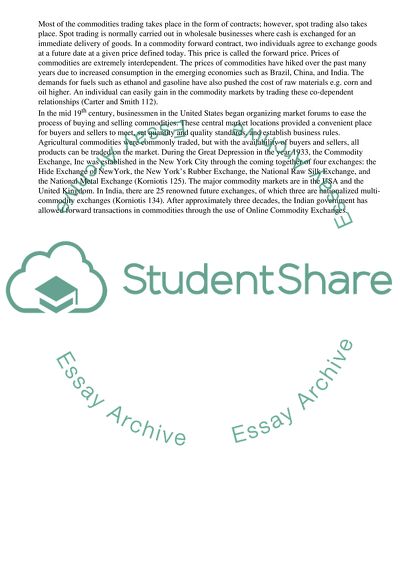Cite this document
(Opportunities of the Commodity Markets Research Paper, n.d.)
Opportunities of the Commodity Markets Research Paper. Retrieved from https://studentshare.org/business/1789476-a-description-of-commodity-markets
Opportunities of the Commodity Markets Research Paper. Retrieved from https://studentshare.org/business/1789476-a-description-of-commodity-markets
(Opportunities of the Commodity Markets Research Paper)
Opportunities of the Commodity Markets Research Paper. https://studentshare.org/business/1789476-a-description-of-commodity-markets.
Opportunities of the Commodity Markets Research Paper. https://studentshare.org/business/1789476-a-description-of-commodity-markets.
“Opportunities of the Commodity Markets Research Paper”, n.d. https://studentshare.org/business/1789476-a-description-of-commodity-markets.


